Producers
-
Description:
La Bicicleta Voladora is German Blanco's (Casa Aurora and Quinta Milu) project in Rioja Oriental, from grapes grown in Navarra. He rents the vineyard and makes the wines at the winery from a longtime friend and vigneron from the area. The grapes are organically certified, and the wines are uncomplicated, made to be drunk young.
Please visit our Quinta Milú page for more wine by Germàn. He also produces wines from high-altitude vines in Bierzo; for more information, visit our Casa Aurora page.
BOWLER E-Zine Issue 1 | Q4 2020: Germán Blanco (Milú, Bicicleta) on his Bierzo Winery, Casa Aurora
Image: Region:
Region: -
Description:
Quinta Milu is Germán R. Blanco's operation in the small town of La Aguilera is a "micro winery". He eschews modern winemaking techniques and international varieties working with old Tempranillo vines. He makes "vinos de pueblo", blended wines from different vineyards from villages in the area, as well as vinos de parcela, sourced from single-vineyards, and parcel-specific. There is no new oak in the winery, Germán uses concrete, amphorae, and old barrels. Quinta Milú is named for Germán's son Lucas whom they lovingly refer to as "Mi Lu" or Milú.
Please visit our La Bicicleta Voldadora page for more wine by Germàn. Germán also produces a very small amount of wines from high-altitude vines in Bierzo; visit our Casa Aurora page.
BOWLER E-Zine Issue 1 | Q4 2020: Germán Blanco (Milú, Bicicleta) on his Bierzo Winery, Casa Aurora
Image: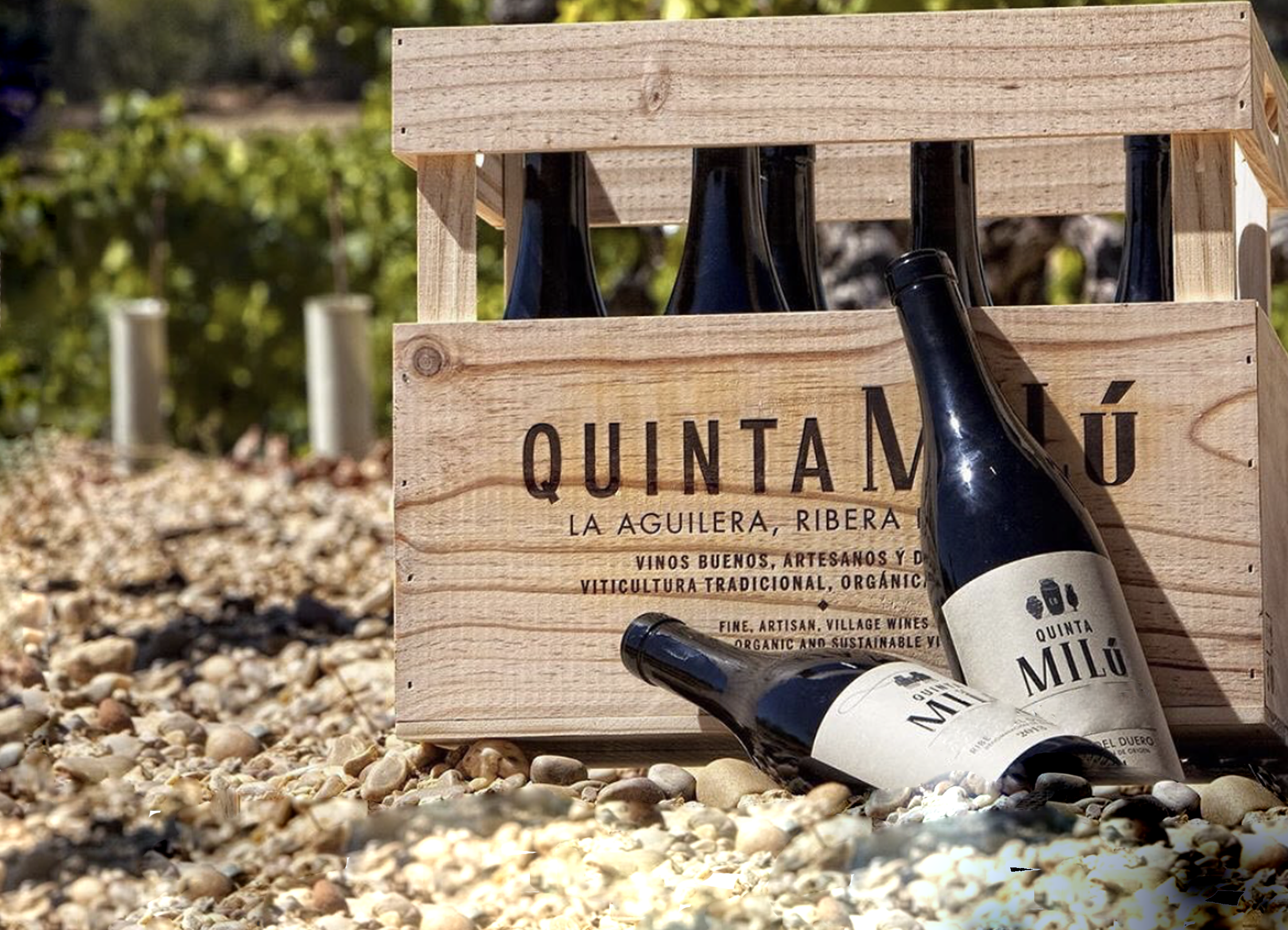 Region:
Region: -
Description:Image:
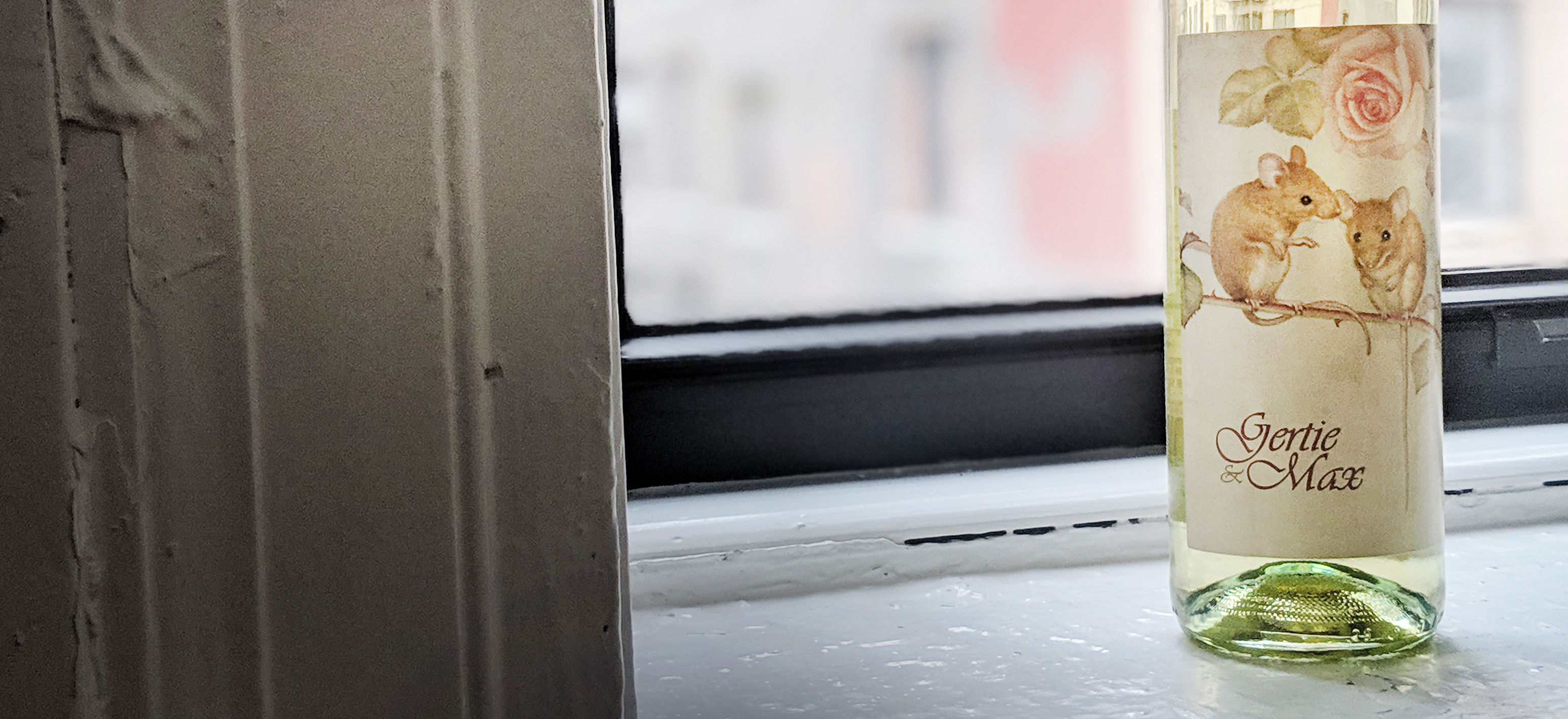 Region:
Region: -
Description:
The Gilles Brisson estate has been family owned and run for 4 generations. Located in Châteaubernard, the cradle of the Grande Champagne appellation, 2 miles away from the city of Cognac, the estate owns 65 hectares in total, 25 of which are planted to Ugni-Blanc for Cognac production; this is quite a lot for an independently run Grande Champagne estate. Cyril Brisson has run the estate since 1989, having learned the arts of distillation and aging under the attentive eye of his father. In turn, Cyril’s young son Alexis is already learning from his father to keep and follow the family tradition. Little has changed in how the cognacs here are made over the last century. The estate uses only their own fruit. Grapes are harvested in mid-October, and are vinified before undergoing a careful distillation from Oct. 15th to Jan. 15th. Only the coeur de chauffe- the finest cut of the newly distilled spirit- is put into cask, where it ages in the estate’s cellar far longer than legislation requires. This additional aging time is a must for these cognacs: the refined and precise aromatic expression (floral, dry vine shoots, lime tree, etc.,) develops intense aromas, and more fruitiness, with a longer time in barrel. Gilles Brisson labels their cognac under the prestigious and rare Grande Champagne Appellation, “1er Cru de Cognac”.
Image: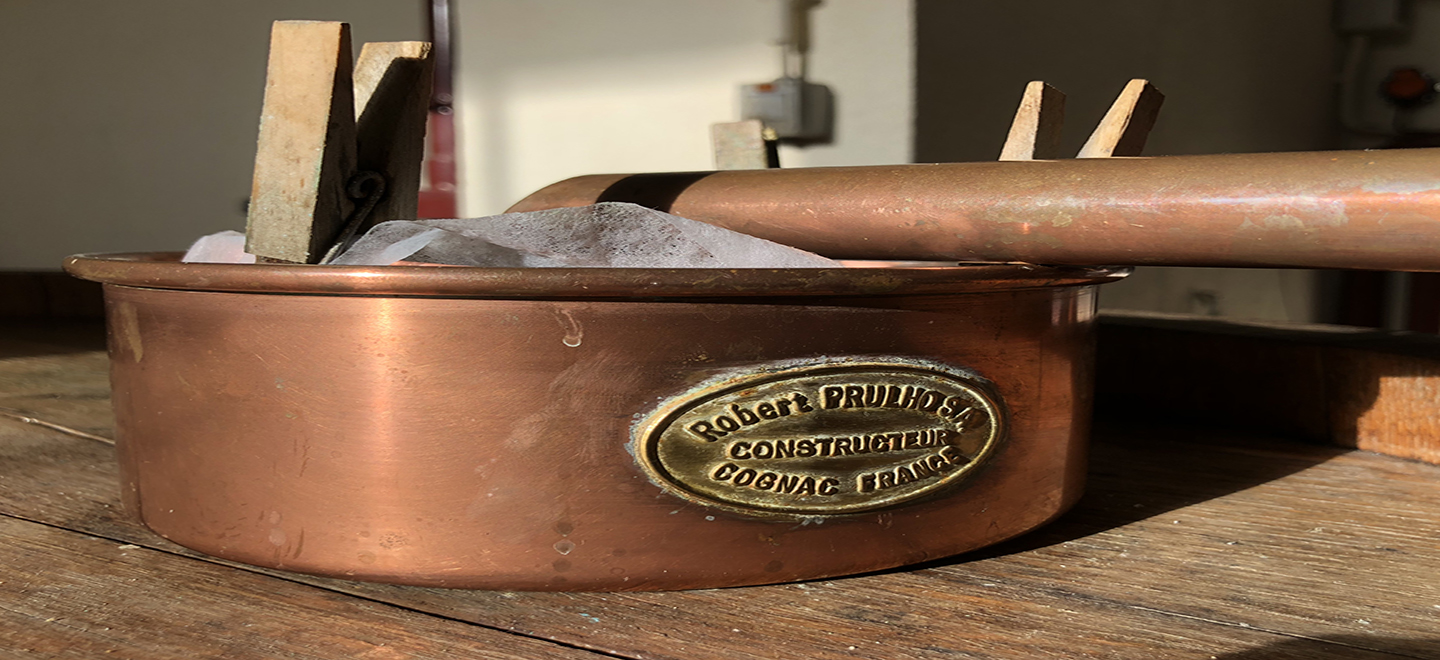 Region:
Region: -
Description:
Glenora’s story starts in the early 1800’s, when Scottish immigrants flocked to Cape Breton Island off the northern tip of Nova Scotia, a place with a beauty so like the highlands and islands of Scotland that they decided to settle here and make it their permanent home. In fact, the name Nova Scotia literally translates to ‘New Scotland.’ Being a part of Nova Scotia’s heritage means that Cape Breton Island is one of very few places on Earth where Gaelic culture and language thrive. As Scottish descendants, the people who live there passionately keep the dearest aspects of their ancestors' colourful culture alive, not the least of which is the tradition of whisky in the Scottish style. In the late 1980’s, the founder of Glenora Distillery, Bruce Jardine, launched his plan to build his single malt whisky distillery in Glenville. Determined to “get it right”, he sought out the expertise of Bowmore Distillers in Scotland; they lent their hand with production training and the sourcing of authentic Scottish copper pot stills and a mash tun for the distillery. After the construction of the distillery in 1990, initial production yielded 20 barrels of the first single malt whisky produced in North America. In 1994, Glenora and its maturing whisky was acquired by its present owners who, like Bruce, are of Scottish ancestry with Cape Breton roots. The whisky they produce is on par with the great single malts in Scotland. As with all great Scotch, water is an essential ingredient in the production process: Glenora’s comes from MacLellan’s Brook; the purest and cleanest source of water in Cape Breton. The brook tumbles out of the Mabou Highlands, runs through Glenora Distillery’s grounds, and can be found in every whisky they produce.
When Glenora Distillery started production in 1990 it was the first step to Canadian single malt. There had of course already been different kinds of whiskey in Canada but up to that point no distillery had produced in the Scottish way and used nothing but malt.
Glenora and Bowmore had a strong connection from the beginning and the collaboration in the first years helped the new Canadian distillery to learn and develop. Since 1994 the distillery is under control of Lauchie MacLean from Bedford. The Glenora Distillery is situated in the town of Glenville, Inverness County, and is a real picturesque jewel, visited by 12.000 tourists annually.
The Mashing - The barley that is used at Glenora is shipped to Canada from Scotland after being malted. The water used here is taken from MacLellan’s Brook that flows through the distillery’s property. A lauter mash tun is used for mashing.
The Fermentation - During 60 hours in three wooden washbacks the wash is fermented until it ends up with 8% ABV.
The Distillation - Two 5.600 liter pot stills had been installed by Forsyths of Rothes but they were already second handed: They formerly stood in the stillroom of Bowmore distillery on Islay.Image: Region:
Region: -
Description:
Coto de Gomariz is located in the DO of Ribeiro in the Avia River Valley in Galicia. In the late 1980s and 1990s the movement that changed the face of Ribeiro wines from rustic vino sold locally to wines of international acclaim was led by Viña Meín, whose production today enjoys a devoted following along with the cult wines of neighbor Emilio Rojo. The old-vine vineyards that Viña Meín rehabilitated were located in the town of Gomariz and San Clodio, both of which held some of the oldest vines and best terroirs of mostly granitic soils with some schist, sand and clay.
During this renaissance, Ricardo Carreiro, the owner of Coto de Gomariz and a stone’s throw from the Viña Meín vineyard, had already been making wine there for years. He continues today to be at the forefront of progressive viticulture and winemaking by farming biodynamically, using only native varieties and following a non-interventionist style of winemaking. The winery produces around 10,000 cases from nine wines with “The Flower and the Bee” making up the bulk of their production. They are unoaked, fermented naturally and bottled without filtration. We love them for their fresh, fruity and mineral profiles that don’t break the bank!
Image: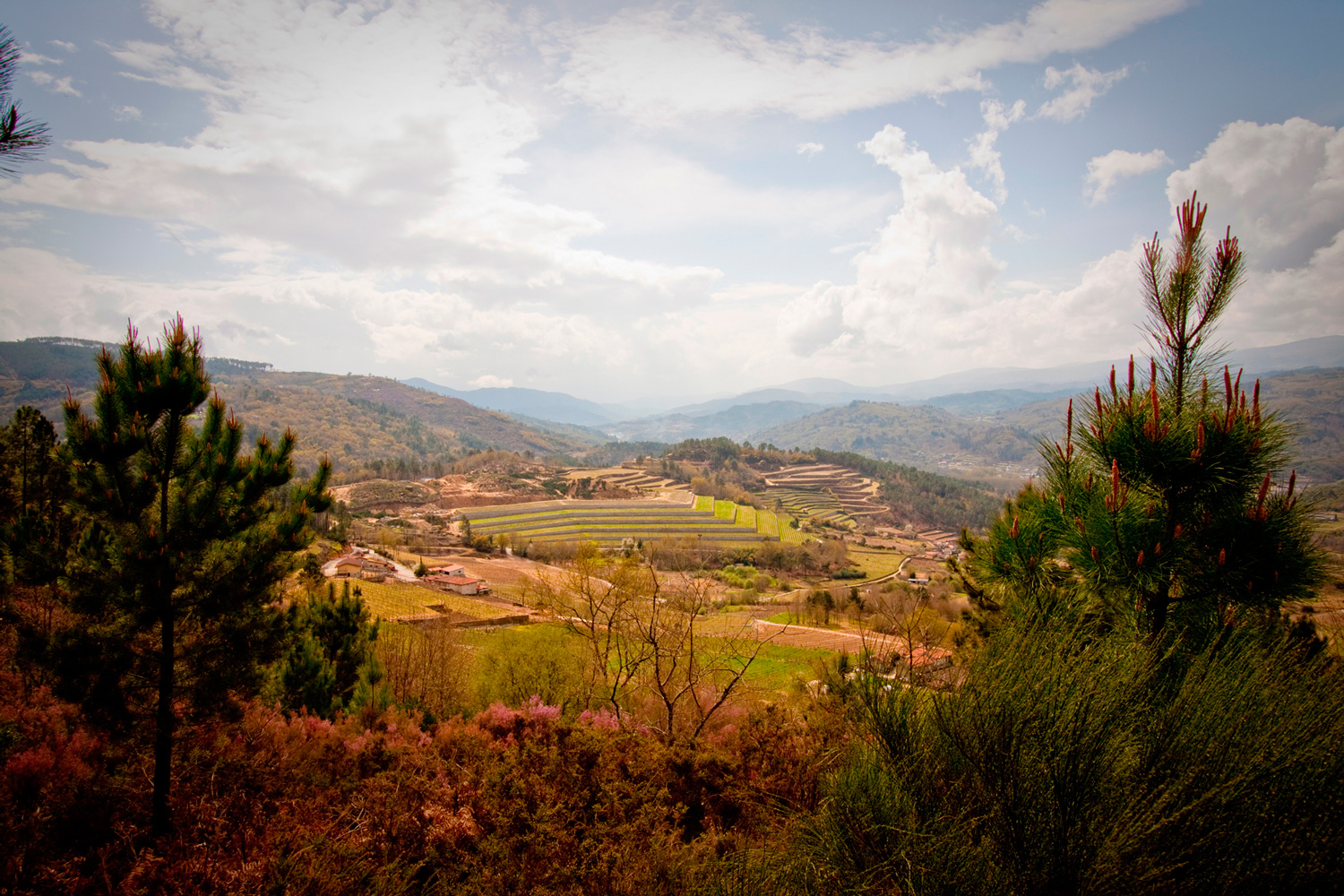 Region:
Region: -
Description:
González Bastías is a town, and a small, family owned winery in western Maule owned and operated by Jose Luís Bastías and Daniela Lorenzo.
Jose’s family planted their 4 hectare vineyard in the early 1800’s and they have been cultivating it ever since. Visiting this vineyard is like travelling back in time: to reach it, you must cross the Maule River by canoe from the local train station between Talca and Constitucion. Jose farms and vinifies biodynamically and without the use of machines; the soil is a mixture of sand and gravel. All the fruit is pressed by hand over bamboo zarandas into open top cement vats; the wines are then aged in either barrels or amphora. All made without manipulation and without the addition of sulfur.
The wines from this unique property are some of the most unique expressions in Chile and are remnants of Chilean ancestry, which is in danger of extinction.
This profile and tasting notes were edited from the Brazos Wine website, along with the pictures used. For more information please visit: Brazos
Image: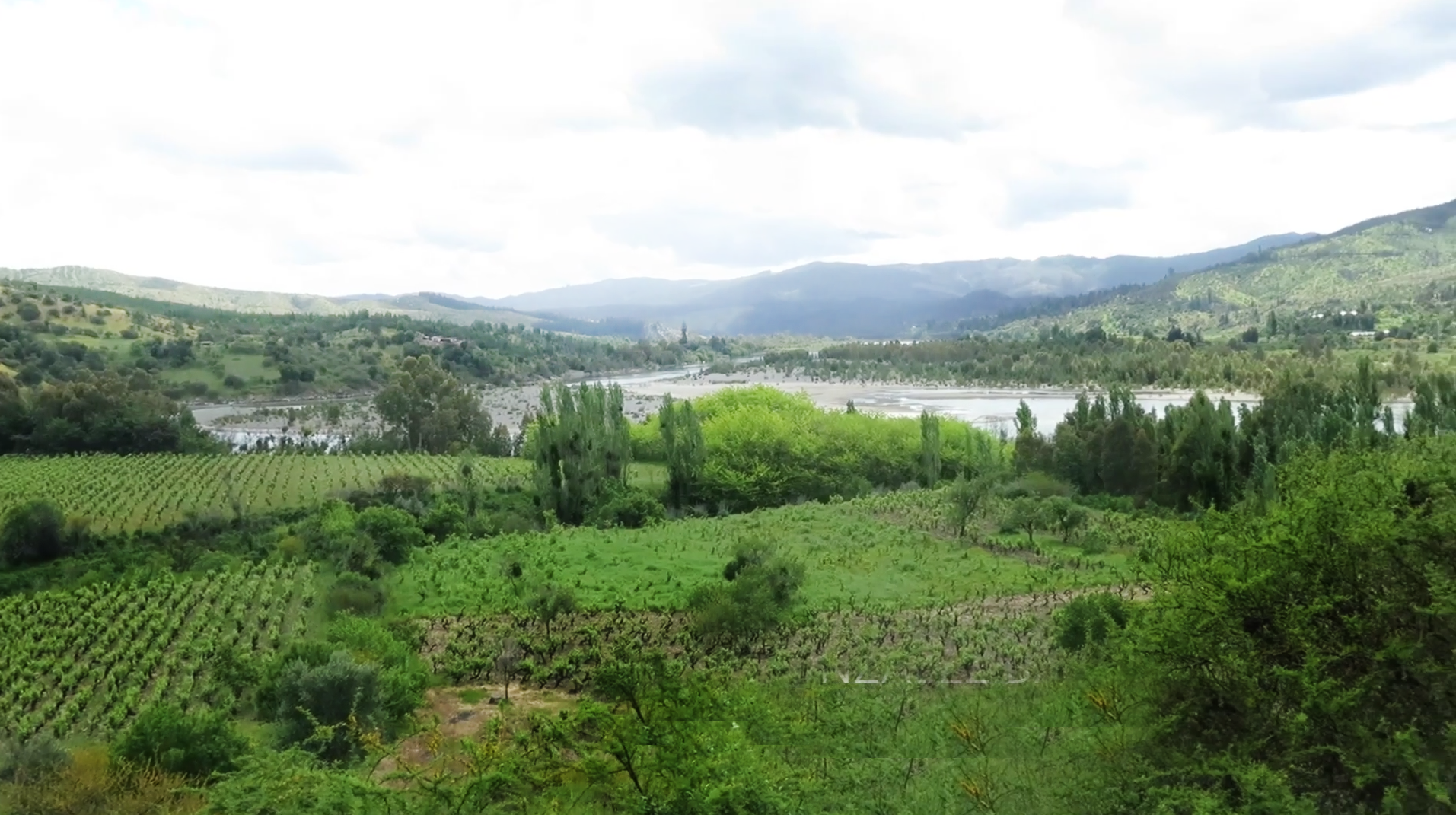 Region:
Region: -
Description:
Greg Harrington spent his career overseeing some of the most prestigious wine programs in the country. After passing the MS exam at 26 years old (the youngest person ever at the time) he started to feel that his future in wine was the production side. In 2004, Greg attended an event featuring the wines of Walla Walla and was blown away by the potential of the area. In the fall of 2005, he and his wife Pam launched Gramercy Cellars.
In 2008, Brandon Moss joined the Gramercy Cellars team and is now a partner and co-winemaker running the day to day operations at the winery.
Gramercy Cellars now makes around 8000 cases/year and works almost exclusively with Rhone and Bordeaux varieties which Greg finds to be most suitable for the terroirs of Walla Walla as well as the greater Columbia Valley Appellation.
The wine-making philosophy is simple: work with top vineyard sites, harvest the fruit when it’s in balance and not overripe, intervene minimally, and use as little new oak as possible.
The resulting wines are restrained, balanced, and complex. They age well but also possess enough fruit to be rewarding when young. Gramercy Cellars was founded in the hope of capturing what first caught Greg’s attention: the distinctive voice of Washington wines, and with each vintage he further proves that it has been a success.
Image: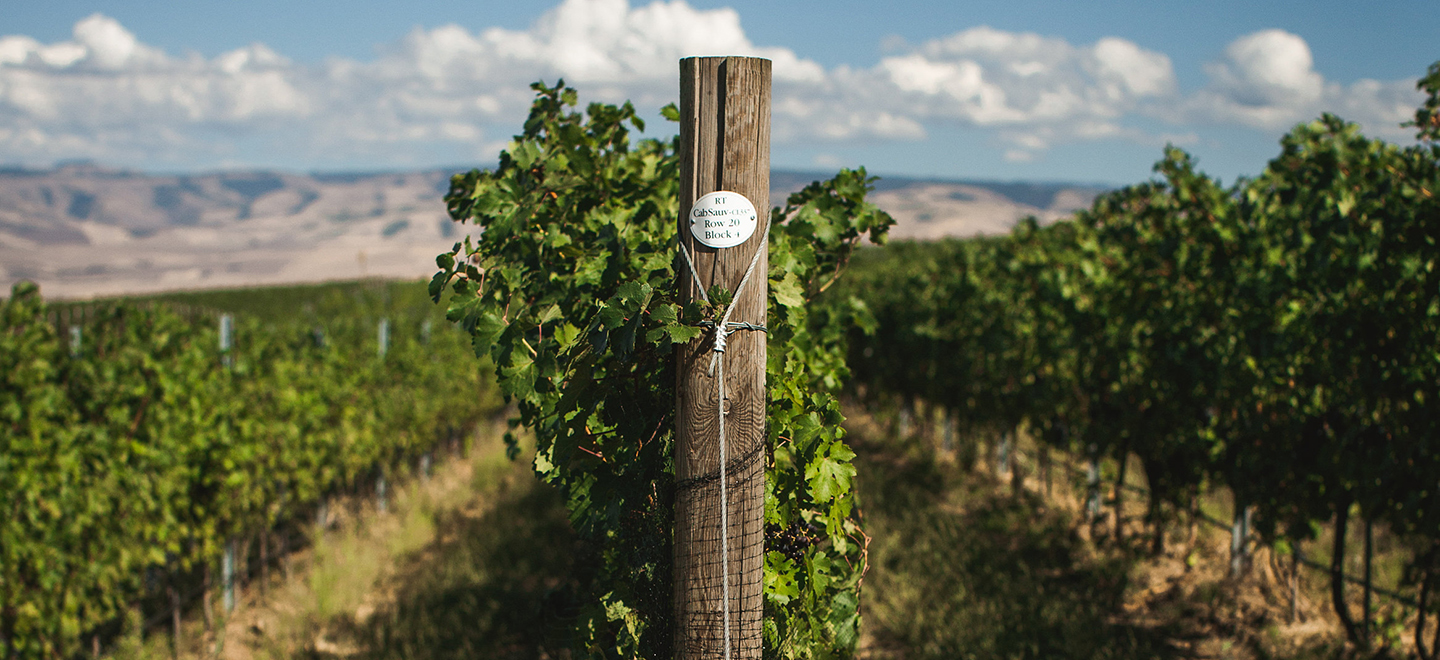 Region:
Region: -
Description:
The Gramona family traces their history as grape growers and winemakers back to 1850 when Josep Batlle managed the vineyard of La Plana for a local family. His son Pau, who was active in the wine cork trade was uniquely positioned to begin selling the wines made from La Plana to sparkling wine producers in France who were at the time suffering from the ravages of phylloxera. By 1881 Pau was in the position to purchase the vineyard of La Plana and to establish Celler Batlle. It was at this time that Pau realized that Xarel.lo, the indigenous grape to this part of Catalunya, was instrumental in his success selling wines to France due to its ability to make well-aged sparkling wines. Pau’s daughter Pilar married Bartolomé Gramona and together they continued to expand their vineyards and sparkling wine business and in 1921 “Gramona Cava Champagne ‘’ first began to appear on their bottles of sparkling wine. By 1945, Pilar and Bartolomé’s sons, Bartomeu & Josep Lluis took over the management of Gramona and began to elaborate the cuvées that the estate is known for.
Today the sons of Bartomeu & Josep Lluis, Xavier & Jaume Gramona manage the operations at Gramona. Each generation has brought something new to the estate with Xavier expanding the scientific understanding of lees aging and the inherent properties of Xarel.lo while Jaume has pursued the conversion of all their vineyards – owned and leased – to organic farming as well as converting the family’s vineyards to biodynamic farming as well.
The wines made at Gramona are sourced from up to 303 hectares of vineyards (35-75) year old vienes) that are farmed at least organically as well as the family’s 72 hectares of vines that are farmed biodynamically. The soils in the Alt Penedès, where Gramona is situated, are primarily clay limestone. Close to the Anoia river they become more alluvial and near the looming Montserrat mountain there are areas of slate. Their top sites: La Plana, Font Jui, Mas Escorpí, and La Solana, are all located close to Celler Batlle where the wines are made and aged. These sites are also distinguished by calcite formations known as têtes de poupées which slowly breakdown in the soils releasing minerals. Whether it is these unique soils, their location and a gentle rise between the Anoia to the north and several natural springs to the south, or the diversity of the massale selections of Xarel.lo and Macabeu found in these sites that makes Gramona’s best sparkling wines so unique could be debated. Combined with the generations of labor and talent the Gramona family has devoted to these vineyards is the bedrock on which their reputation has been established.
At Gramona time is never an issue. The wines receive perhaps the longest average aging than any other sparkling wines in Spain and are never released until they are perfectly mature. Eighty-six percent of the sparkling wines produced in Spain are released after only 9 months while at Gramona theirs are aged a minimum of 30 months, some even 15-17 years.
Long considered a pioneer for their work in the cellar and releasing sparkling wines only after extended aging, Gramona now farms their estate organically and biodynamically with certifications from the Consell Català de la Producció Agraria y Ecològica and DEMETER. They are also taking steps to promote sustainability in their production by reducing their carbon footprint – using geothermic energy and recycling all the water used at the estate.
This profile and tasting notes were edited from the European Cellars website, along with the pictures used. For more information please visit: European Cellars.
Image: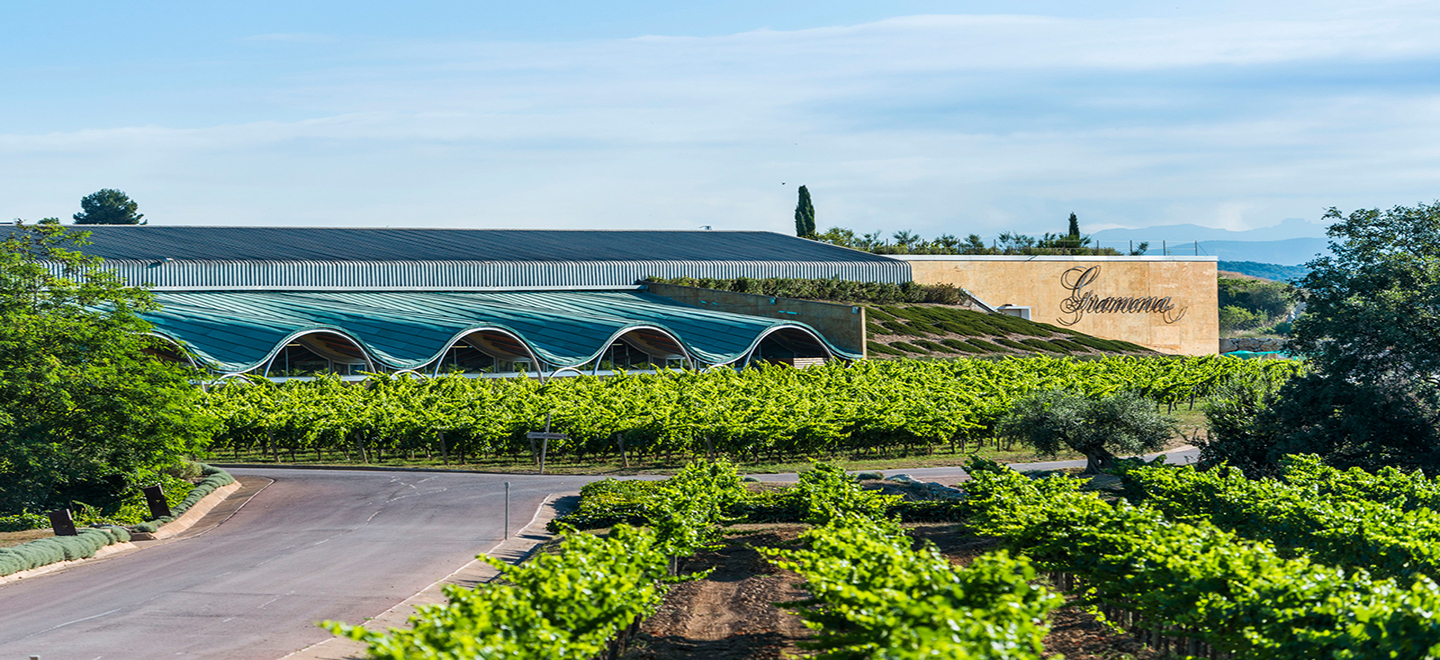 Region:
Region: -
Description:
One hundred and thirty years after its founding, the story at Gunderloch, one of the Rheinhessen's most revered estates, is evolving. The changes happening here are cause for real excitement, and all of them are springing from the restless mind of Johannes Hasselbach, the master and commander of the estate since 2016. He is taking Gunderloch in a new direction, and the resulting wines are achieving levels of grace, balance, and natural energy they have never seen before.
Gunderloch is a thriving estate of approximately twenty-five hectares of vines in some of the top vineyards of the "Roter Hang" ("red slope") area in the Rheinhessen appellation. In Nackenheim they own the dominant portion of the grand cru Rothenberg (sixty-five percent of the estate’s holdings) which is planted completely to Riesling. Their GG from here is the flagship of the estate; their noble sweets from the site are legendary. The other part of their production comes from five kilometers down the road in Nierstein, where they work steep parcels of vineyards whose names resound to the ears of German wine lovers: Niersteiner Pettenthal and Niersteiner Hipping, which both provide GG wines for them. The average yield is held to forty-five hectoliters per hectare, among the lowest in Germany, resulting in wines of high extraction and great quality. Minimum ripeness for the various quality levels is significantly above the requirements of the German wine law. The wines are never de-acidified and in high acid vintages bottling is often delayed to allow the wines to harmonize and soften. The cellar work is accomplished with a minimum amount of handling and has traditionally been reductive in style—although that is now changing as Johannes pursues his explorations in winemaking. After much experimentation and rethinking of received wisdoms, Johannes is making signifcant changes at Gunderloch. To wit:
- Less handling of the wines and less “winemaking” overall in favor of hard work in the vineyards. This can be called his guiding philosophy.
- The previously all-reductive cellar is now seeing more barrels, longer maturations, and more skin contact on the wines. This is having a profound impact on the house style.
- Spontaneous fermentations are now the norm; all the estate wines are fermented with native yeasts. Johannes is also doing groundbreaking work starting his fermentations in the vineyards before bringing the wines into the cellar. His experimental wine called VIRGO is entirely fermented by vineyard yeast started outside during harvest.
- The estate has been practicing organic for five years. Johannes started the certification process in 2020. He has also become one of the "young guns" leading the charge for studying and promoting chemical-free viticulture at the VDP.
- The wines at Gunderloch have all been VEGAN since the 2017 vintage.
- The wines are getting drier, more focused, and less baroque. Lowering his alcohol levels on the dry wines is a priority for him--and a challenge, given the warming climate and placement of his vineyards. His residual sugars across the board are starting to skew lower as well, which of course reflects the general trend in German winemaking.
In sum, Johannes is actively directing his steps forward at Gunderloch, not passively staying with past practices or assumptions. He feels that with changes to the ecology and culture around him, this is not only a good idea but crucial to the success of his family's estate.
Meanwhile, the Rieslings here, particularly those from the Rothenberg, remain among the finest and most important in the Rheinhessen and in Germany. Taste them and it is obvious why: these are rich, elegant wines full of yellow fruits, great structure and fine acidity for long aging. But it is their newfound balance and the intrinsic energy within them--a direct reflection of their winemaker's youth, vitality and new ideas--that we find so compelling.
BOWLER E-Zine Issue 1 | Q4 2020: Learning and Relearning German Wine
Image: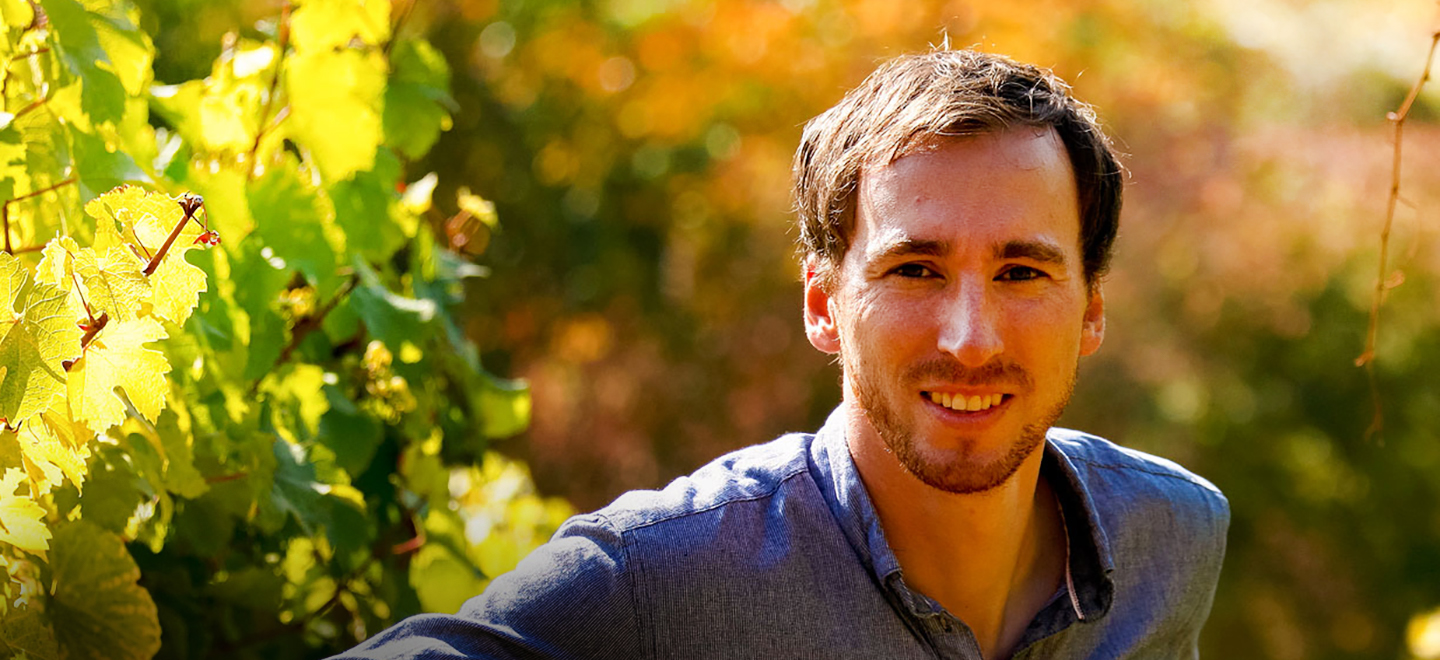 Region:
Region: